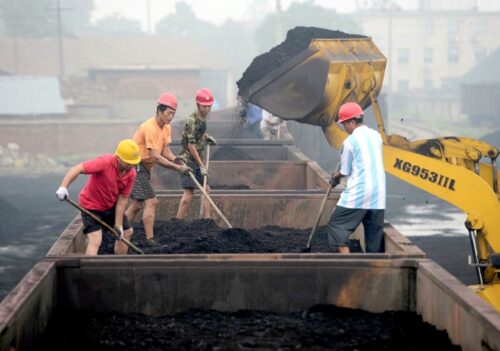by S.B. Park, Apr 12, 2025 in SkepticalScience
Skeptical Science is partnering with Gigafact to produce fact briefs — bite-sized fact checks of trending claims. You can submit claims you think need checking via the tipline.
Is the sun responsible for global warming?
 Greenhouse gas emissions from human activities, not solar variability, is responsible for the global warming observed since the Industrial Revolution.
Greenhouse gas emissions from human activities, not solar variability, is responsible for the global warming observed since the Industrial Revolution.
Cyclical variations in Earth’s orbit and changes in the amount of energy released by the sun have caused gradual climatic changes over tens of thousands of years. However, total solar activity has been decreasing since the 1980s.
Meanwhile, global average temperatures have been rising at an accelerating rate. The ten hottest years on record were the most recent ten while 2024 was the hottest on record. The last time Earth experienced a cooler-than-average year was 1976.
In 2021, a report by the Intergovernmental Panel on Climate Change concluded that solar fluctuations accounted for around 1% of the 1.1°C (2°F) of total global warming since 1850. The panel identified heat-trapping greenhouse gas emissions from fossil fuel use and other human activities as the primary driver.
Go to full rebuttal on Skeptical Science or to the fact brief on Gigafact
This fact brief is responsive to quotes such as the one highlighted here.
Sources
Skeptical Science Solar vs Temperature
NASA What Is the Sun’s Role in Climate Change?
NOAA Couldn’t the Sun be the cause of global warming?
NOAA Climate Change: Incoming Sunlight
NOAA 2024 was the world’s warmest year on record
NASA The Causes of Climate Change
IPCC AR6 Summary for Policymakers
About fact briefs published on Gigafact
Fact briefs are short, credibly sourced summaries that offer “yes/no” answers in response to claims found online. They rely on publicly available, often primary source data and documents. Fact briefs are created by contributors to Gigafact — a nonprofit project looking to expand participation in fact-checking and protect the democratic process. See all of our published fact briefs here.
…






